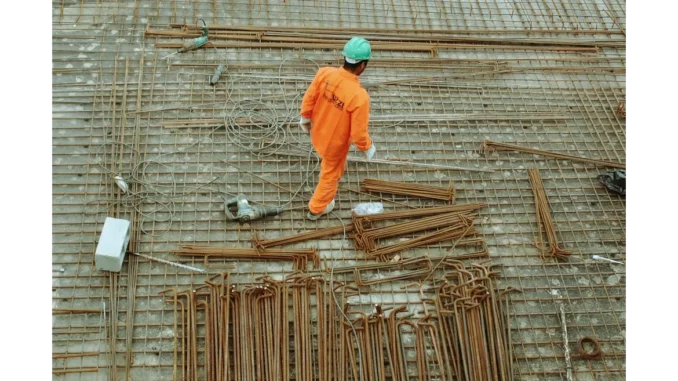
In the heart of the bustling city, I had the pleasure of meeting with Oliver, a seasoned energy consultant with over two decades of experience in sustainable building practices. Our conversation was set against the backdrop of a sunlit café, the aroma of freshly brewed coffee weaving through the air. The topic of discussion was Retrofit Assessment Services, a burgeoning field that has gained significant traction in recent years, especially with the global push towards sustainability and energy efficiency.
Focus360 Energy: property compliance services – pre-planning to post-construction. Learn more.
Oliver, a man of amiable demeanour and profound knowledge, leaned forward as he began to unravel the intricacies of Retrofit Assessment Services. “At its core,” he explained, “it’s all about breathing new life into older buildings that weren’t designed with modern energy standards in mind. It’s an opportunity to make these structures not only more energy-efficient but also more cost-effective and environmentally friendly.”
The concept seemed straightforward enough—making improvements to existing buildings—but as Oliver delved deeper, the complexity and scope of the process became apparent. He described the initial stage as a comprehensive examination of the building, akin to a health check-up. “We look at everything,” he said, “from the architectural design to the structural integrity. It’s about understanding the building’s current condition, which includes identifying any lurking issues like water damage, condensation, or mould.”
What stood out was the meticulous nature of the assessment. It’s not just a surface-level evaluation but a thorough investigation that leaves no stone unturned. Oliver highlighted the importance of this stage, noting, “Without a proper understanding of the building’s current state, any improvements made could be superficial at best, or at worst, lead to further complications.”
Once the assessment is complete, the process moves into identifying potential improvements. Oliver explained that this could range from replacing outdated heating systems and upgrading ventilation to installing renewable technologies and enhancing insulation. “The goal,” he emphasised, “is to reduce thermal bridging and achieve air-tightness in the building envelope. It’s about creating a safe moisture balance, ensuring that the building is not only energy-efficient but also healthy for its occupants.”
Oliver’s passion for the subject was palpable as he spoke about the importance of individualised solutions. “Every building is unique,” he asserted. “What works for one might not work for another. That’s why we tailor our advice to each home, considering its specific needs and constraints.”
As our conversation continued, Oliver touched upon the role of technology in the retrofit process. “We incorporate metering and monitoring systems to promote energy efficiency,” he noted. “These tools allow us to keep track of energy consumption and make adjustments as needed, ensuring the building continues to operate at optimal efficiency long after the retrofitting is complete.”
One of the final steps in the process is the commissioning phase, where experts give their final approval. Oliver described this stage as a “seal of assurance,” ensuring that all improvements meet the expected standards. “It’s a collaborative process,” he said, “where we work closely with clients to ensure their needs and expectations are met.”
As we wrapped up our conversation, Oliver reflected on the broader impact of Retrofit Assessment Services. “It’s more than just improving buildings,” he said thoughtfully. “It’s about contributing to a more sustainable future. By making older buildings more efficient, we reduce their carbon footprint and conserve resources. It’s a small yet significant step towards a better world.”
Walking away from the meeting, I couldn’t help but feel inspired by Oliver’s insights. Retrofit Assessment Services offer a practical and impactful way to address the challenges posed by older buildings, blending the past with the promise of a more sustainable future. Through the lens of Oliver’s expertise, it became evident that this field holds the potential not only to transform structures but also to pave the way for a greener tomorrow.
Find out more at Focus 360 Energy


Be the first to comment